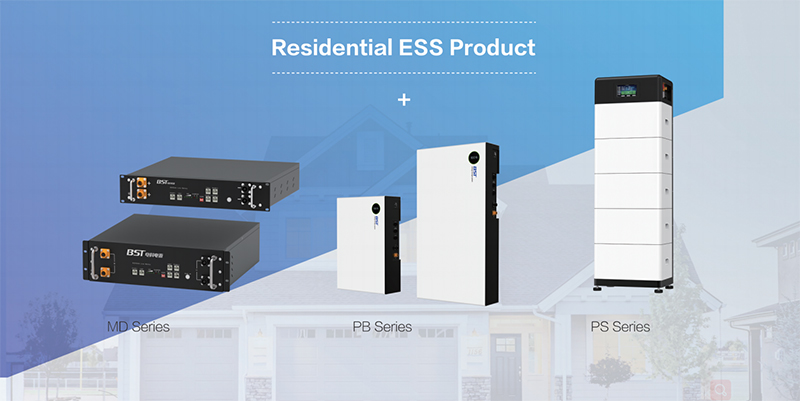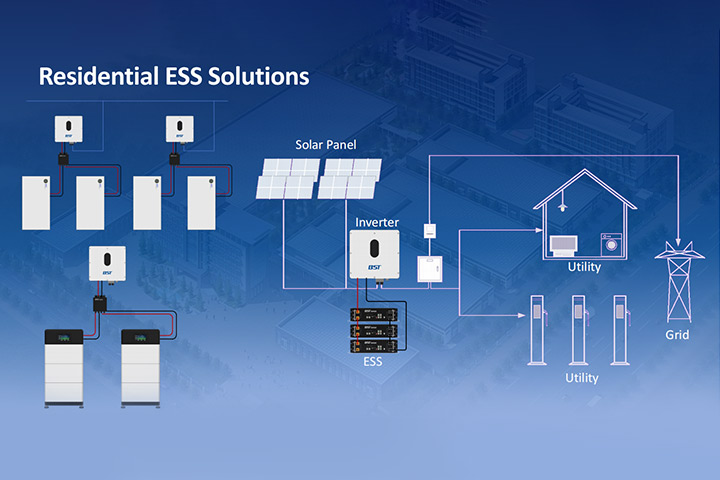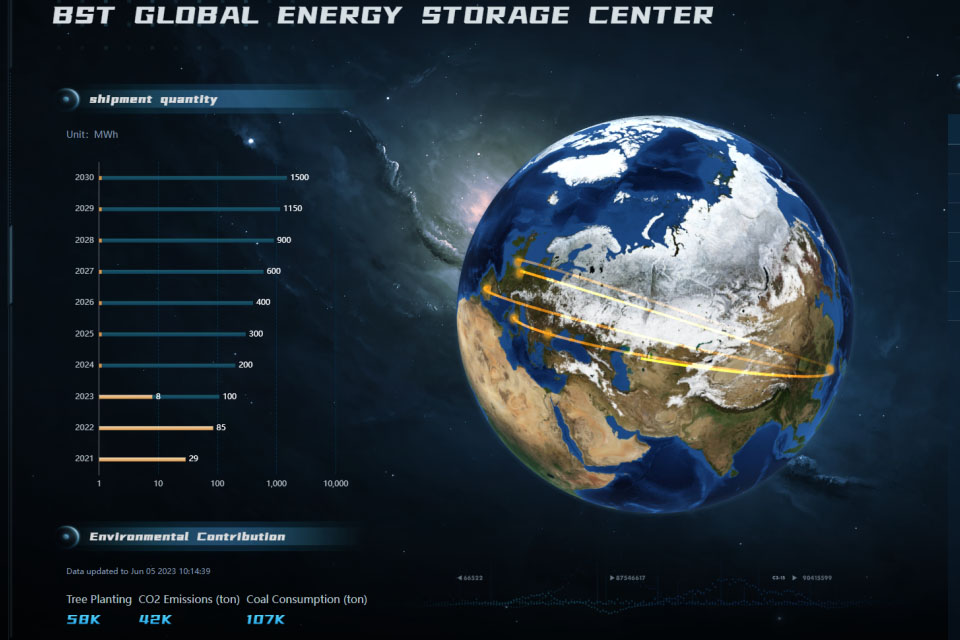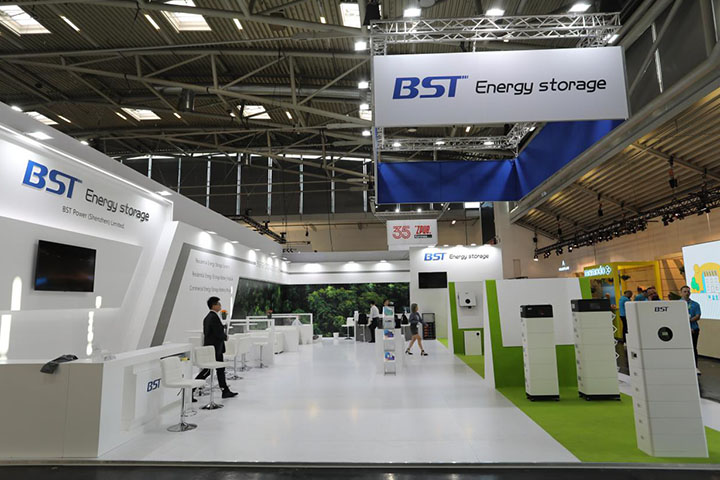As energy storage becomes a central part of residential, commercial, and industrial power systems, the type of battery you choose can make or break system performance. From solar energy storage to backup power and EVs, one technology is winning favor among professionals worldwide: LiFePO4 (Lithium Iron Phosphate) batteries.

In this article, we’ll give you a detailed breakdown from a buyer’s perspective on why LiFePO4 outperforms lead-acid, NMC, AGM, and other lithium-ion batteries — and why it’s time for your business to make the switch.
🔋 1. Unmatched Safety Performance
Safety is the number one concern for most energy storage projects, especially for residential and commercial users. LiFePO4 batteries are known for their inherent safety features, including:
- Excellent thermal stability: No risk of thermal runaway
- No fire or explosion even under puncture or overcharging
- Wide operating temperature: -20°C to 60°C without performance degradation
- Stable chemical structure: Iron phosphate offers strong ionic bonding
Compared with NMC or LCO batteries, LiFePO4 offers a significantly lower risk of catastrophic failure, making it the preferred option for home storage systems, EVs, RVs, and telecom base stations.
🔁 2. Longer Cycle Life – Up to 6000+ Cycles
LiFePO4 batteries are designed for long-term use:
- 3,000 to 6,000 full charge/discharge cycles at 80% DOD (depth of discharge)
- In ideal conditions, they can reach over 10,000 cycles at 50% DOD
- Battery lifespan: 10–15 years, far exceeding lead-acid (~2–3 years) or NMC (~5–8 years)
This long lifespan makes LiFePO4 the most cost-effective option over time, especially for solar applications that cycle daily.
📊 Real-world case: A 5kWh LiFePO4 system used for daily solar storage can easily last over 10 years, whereas a lead-acid system may need replacement 3 times in the same period.
⚡ 3. Superior Energy Efficiency
LiFePO4 batteries boast:
- Round-trip efficiency of ≥ 96%
- Flat voltage discharge curve (~3.2V), ensuring stable output power
- Minimal energy loss during charge/discharge cycles
In comparison:
- Lead-acid efficiency = 70–80%
- NMC = 90–93%
With higher efficiency, your solar panels or charging infrastructure yield more usable energy. This is crucial for off-grid setups, telecom towers, and industrial users with high energy demands.
🌱 4. Environmentally Friendly and Non-Toxic
LiFePO4 contains no heavy metals or rare earths such as cobalt, nickel, or lead:
- Non-toxic and non-contaminating
- 100% recyclable material composition
- Reduced carbon footprint during production
Governments and industries are rapidly moving toward low-carbon and green energy solutions. LiFePO4 aligns perfectly with your organization’s ESG commitments, environmental certifications, and export compliance (RoHS, REACH).
📦 5. Lightweight, Compact & Modular
Weight and volume matter — especially in transport, marine, and off-grid solar applications.
| Battery Type | Energy Density | Typical Weight (12V 100Ah) |
|---|---|---|
| Lead-acid | ~30 Wh/kg | ~30 kg |
| LiFePO4 | ~110 Wh/kg | ~11–13 kg |
LiFePO4 systems are:
- Up to 70% lighter than lead-acid
- Modular and scalable — from 12V systems to 48V, 100V+
- Available in rack, wall-mounted, or portable forms
This flexibility simplifies installation and transportation, and reduces manpower costs.
⚙️ 6. Faster Charging, Lower Standby Loss
LiFePO4 can handle high charging and discharging currents safely:
- Charge to 80% in 1–2 hours (vs. 8–10 hours for lead-acid)
- Can discharge at 1C–2C rates without damage
- Low self-discharge: ≤3% per month
Ideal for applications with irregular power input (solar) or frequent charge/discharge cycles (EVs, golf carts, power tools).
💰 7. Best Long-Term Value (Lowest TCO)
Although initial prices for LiFePO4 may appear higher, the total cost of ownership (TCO) proves otherwise:
| Metric | Lead-acid | NMC Lithium | LiFePO4 |
|---|---|---|---|
| Price per kWh | Low | Medium | Medium |
| Replacement Cycle | Every 2–3 years | 5–7 years | 10–15 years |
| Maintenance | High | Medium | Low |
| Downtime Risk | High | Medium | Minimal |
| Long-Term Cost | Highest | Medium | Lowest |
Who benefits most:
- Solar and renewable energy installers
- OEM battery pack manufacturers
- Telecom base station suppliers
- Smart grid integrators
- EV and e-mobility product developers
✅ Conclusion: Make the Switch to LiFePO4 Now
From safety and longevity to eco-friendliness and cost savings, LiFePO4 batteries offer a clearly superior solution for modern energy storage. For businesses focused on reliability, green energy, and long-term performance, LiFePO4 is no longer just an option — it’s the standard.
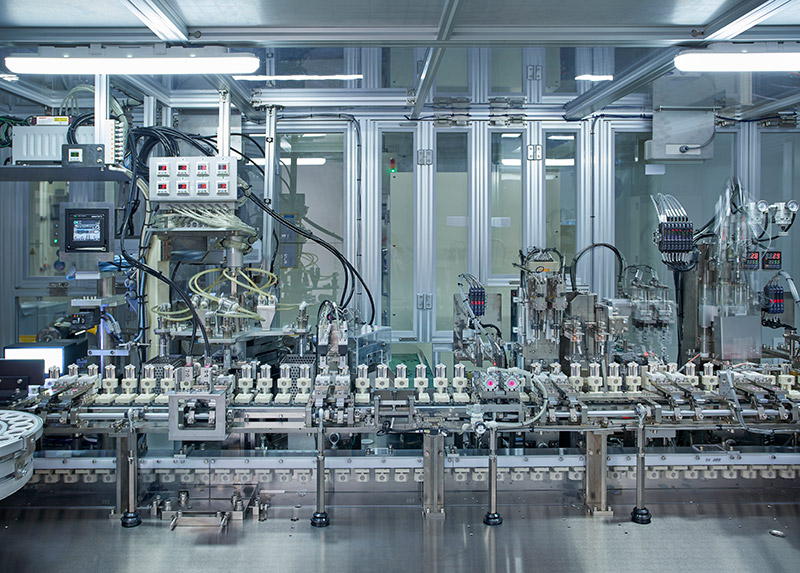
🔧 Why Choose BST Power as Your LiFePO4 Partner?
With 23 years of manufacturing experience, BST Power delivers:
- OEM/ODM battery customization from 5Ah to 300Ah
- Complete 12V, 24V, 48V, 100V+ storage system solutions
- Intelligent BMS design and certification support
- Fast lead time and global logistics fulfillment
📌 10 Common RFQs for LiFePO4 Batteries – With Professional Answers
1. What is the typical cycle life and warranty of your LiFePO4 batteries?
Answer:
Our LiFePO4 batteries offer a cycle life of 3,000–6,000 cycles at 80% depth of discharge (DOD), depending on the application and usage environment. We provide a standard warranty of 5–10 years, with extended warranty options available for OEM/ODM partners.
2. Can I get a 48V 100Ah LiFePO4 battery with built-in BMS and communication (RS485/CAN)?
Answer:
Yes. We offer a range of 48V 100Ah smart LiFePO4 batteries with integrated BMS supporting RS485, CANBus, or Bluetooth communication protocols. These are compatible with most hybrid inverters and energy management systems.
3. Do you support OEM branding or custom casing design?
Answer:
Absolutely. As a professional battery manufacturer with over 20 years of experience, we provide OEM/ODM services, including:
- Custom logos and labels
- Unique enclosure design
- Custom battery pack dimensions and color
- Tailored packaging for retail or industrial use
4. What certifications do your batteries have (e.g., CE, UL1973, UN38.3)?
Answer:
Our batteries are certified to meet global compliance standards, including:
- CE / RoHS / UN38.3 / MSDS for international transport and safety
- UL1973, IEC62133, and IEC62619 upon request for large-scale or special projects
5. Can your LiFePO4 batteries work with hybrid solar inverters like Growatt or Victron?
Answer:
Yes. Our batteries are fully compatible with most market-leading hybrid inverter brands such as Growatt, Victron, Deye, SMA, Solis, and more. We provide matching communication protocol integration (CAN/RS485) if needed.
6. What are your lead times for container orders and sample orders?
Answer:
- Sample orders: Typically shipped within 7–10 working days after confirmation
- Bulk orders (20ft container): Lead time is 25–30 working days, depending on order volume and customization
We also support priority production for urgent projects.
7. Can I use these batteries in low-temperature environments (below 0°C)?
Answer:
Yes. Our LiFePO4 batteries operate between -20°C and 60°C. For colder climates, we offer optional low-temperature heating solutions (auto-heating with BMS), ensuring reliable performance in environments down to -30°C.
8. Do your batteries support parallel and series connection?
Answer:
Yes. Our batteries can be connected:
- In parallel for capacity expansion (up to 16 units)
- In series for voltage increase (12V, 24V, 48V, 100V+ systems)
We also offer pre-configured battery banks for large-scale deployments.
9. How do you ensure battery safety during shipping and installation?
Answer:
We follow strict safety protocols:
- Each battery undergoes 100% quality inspection
- Certified with UN38.3 and MSDS for air/sea shipping
- Sturdy foam + carton + wooden pallet packaging
- Built-in protection circuits and anti-reverse wiring design
We also provide installation manuals and remote technical support.
10. What’s the MOQ and shipping cost for a 20ft container of LiFePO4 battery packs?
Answer:
Our MOQ is flexible, typically 50–100 units, depending on battery model and capacity. For a 20ft container, we can fit approximately:
- 150–200 units of 48V 100Ah batteries
- 300–400 units of 12V 100Ah batteries
Shipping cost depends on destination port and battery specifications. We can offer EXW, FOB, CIF, or DDP quotes upon request.
